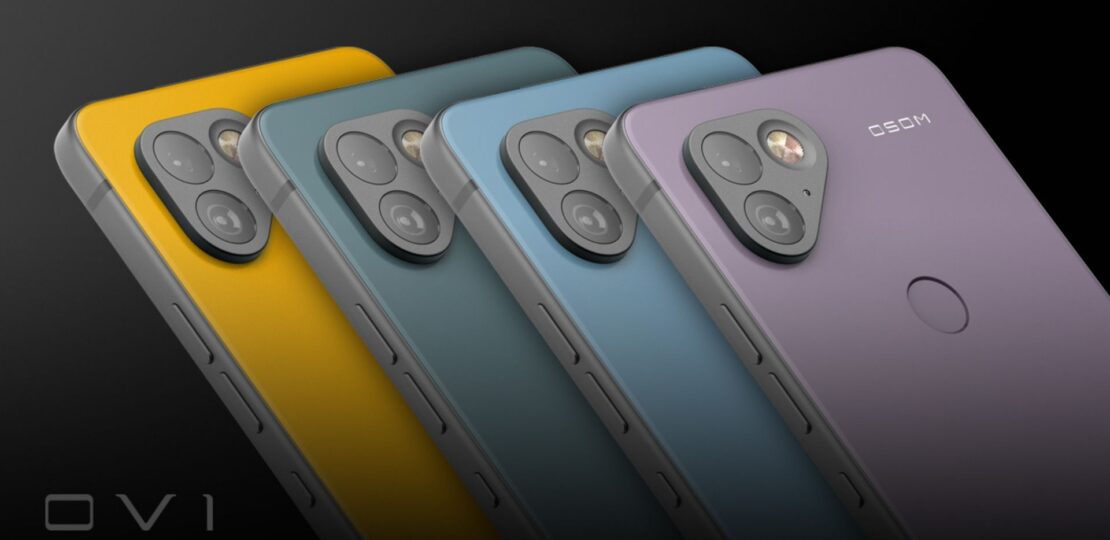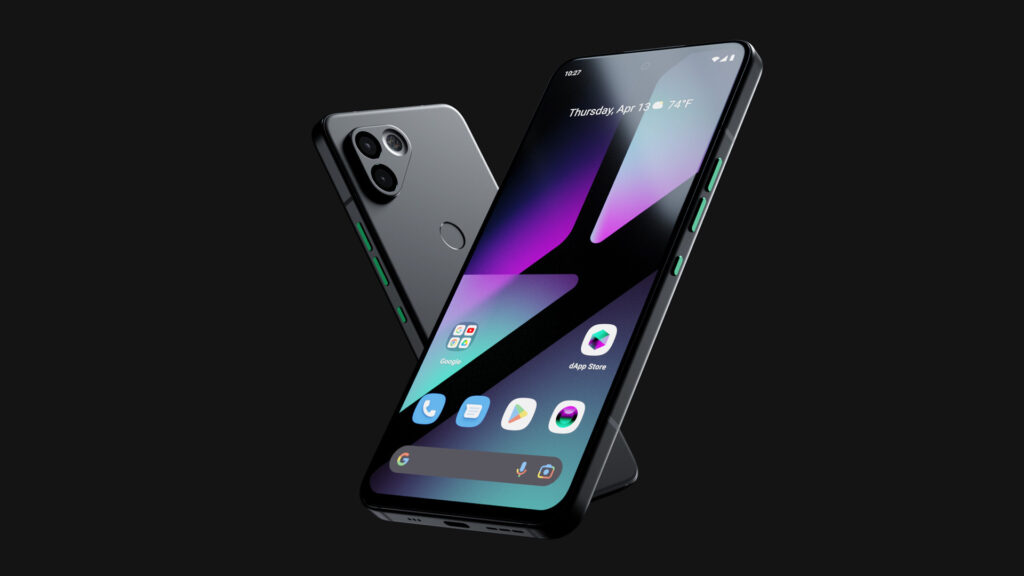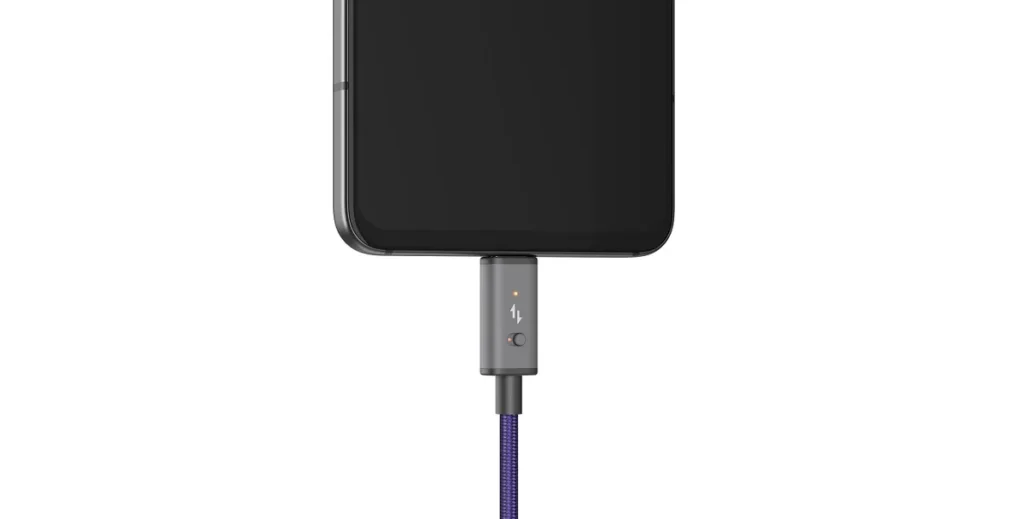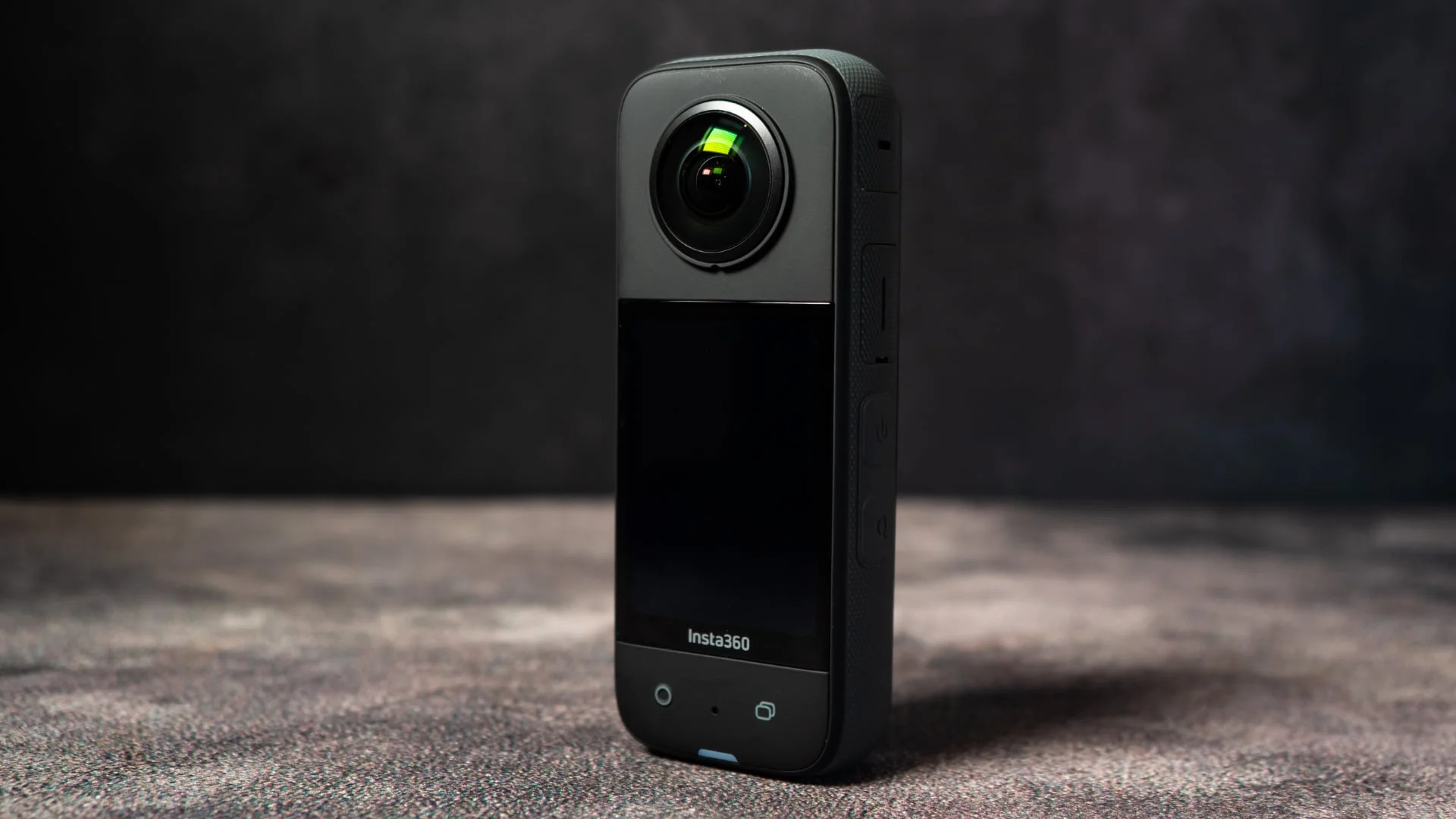OSOM OV1 Crypto Phone: Why You Should Think Twice Before Buying
February 17, 2025 | by ranazsohail@gmail.com

Alright, so here’s the deal: this is a crypto phone. I know what you’re probably thinking: “What the heck is a crypto phone, and why would anyone want one?” Honestly, that was my exact reaction when I first came across it.
It’s an Android phone in the mid-range category, made by a brand you’ve probably never heard of, with some unusual materials and specific crypto features built in. And the price tag? A whopping thousand dollars.
Now, I’ll admit I’ve been pretty skeptical about crypto, Web3, blockchain, and the Metaverse lately. You might think I’m biased, and I get it. But even so, I still think that if you stripped away the crypto stuff, this phone might actually have potential. No joke. Let me explain.
The story of this phone actually goes back to the Essential Phone. Remember that one? It came out in 2017 and was an interesting and exciting development in the smartphone world. Not many new companies pop up with genuinely promising ideas, but that’s exactly what Andy Rubin’s startup was offering with their first phone.
It had this clean, minimalist design—no big camera bumps, no flashy logos. It was one of the first phones to feature a small notch at the top of the screen and ultra-thin bezels. Plus, it used premium materials like titanium rails and polished ceramic on the back. They even had these neat pins on the back with magnets for attaching modular accessories. It was just a really fresh, innovative approach, topped off with simple, clean software.
This experiment didn’t really take off. It had a tough combination of factors: a high price, mediocre cameras, not enough features to grab the average person’s attention, and launching as a Sprint exclusive. All of that led to terrible sales. And then, the company completely fell apart when news about Andy Rubin came out. So, we never got a second shot at an Essential Phone 2.
It’s always a bummer to see a company with so much promise fade away like that. But often, when companies break down, the teams behind them will show up elsewhere, working on new things. That’s exactly what happened here. In 2020, a bunch of the original Essential engineers teamed up to form a new company called OSOM. They announced their first project, the OSOM OV1, which was basically the spiritual successor to the Essential Phone. The design, materials like titanium and polished ceramic, and the rectangular shape all felt very familiar. But they also tried to fix the issues that doomed the first phone.

The OV1 was noticeably bigger—with a larger screen, bigger battery, and so on. But, unsurprisingly, there just wasn’t enough interest to make the idea stick. It’s the classic enthusiast phone problem: a cool concept that a niche group really wants, but not enough hype to make it work.
That is, until Solana came into the picture. Solana, a Web3 company looking for fresh projects, partnered with OSOM, which needed backing to bring the phone to life. Solana provided the financial support, and OSOM brought the hardware expertise. Together, they turned the OV1 into the Solana Saga, a $1,000 crypto phone. And that’s the phone you’re looking at now.
Alright, let’s talk about what makes the Solana phone, or the OV1, stand out. There are three main things that make it a “crypto phone” instead of just another Android: the Solana Mobile Stack, the Seed Vault, and the Dapp store.
But if you take those out of the equation, the OV1 is pretty much a standard Android phone. It’s got a Snapdragon 8+ Gen 1 chip, which was last year’s flagship, with 12GB of RAM and 512GB of storage. There’s no clarity on whether it’s using fast UFS 3.1 storage. The 6.67-inch 120Hz 1080p display looks good, though it’s not LTPO, so it has a fixed refresh rate. The battery is 4,100mAh with wireless charging. It’s not huge for the screen size, but it’s not tiny either. It’s IP68-rated for water and dust resistance, and there’s a microSD card slot to expand your storage.
When it comes to cameras, it’s a bit of a letdown. The 50-megapixel main sensor is the same one in the ROG Phone 7 and Oppo Find X5 Pro, but with worse software. It’s paired with a 12-megapixel ultra-wide camera. Both cameras are okay in perfect lighting, but outside of that, they struggle—losing detail and picking up a lot of noise. It’s a mixed bag overall, with no standout camera features.
Now, there are two things that really impressed me with this phone.
First, the build quality. The team behind the OV1, which also made the original Essential Phone, clearly knows how to make a solid, premium device. The frame is made of matte stainless steel, with titanium-colored buttons, and the back is full ceramic. Sure, it picks up fingerprints like crazy, but the phone itself feels really solid and durable. It’s a tank, honestly, and weighs about 250 grams, which is even heavier than an iPhone 14 Pro Max. The squared-off edges give it a sleek feel, and there’s no flex or squeaks at all. Despite the average specs, the overall construction of the phone is impressive.
First off, let’s talk about the software. Aside from the crypto features, the thing I really like is how clean and smooth the software is. Once you start using it, you’ll notice it feels super streamlined—kind of like stock Android. It’s running Android 13 right now, and we’re not sure when, or if, it’ll get Android 14. But honestly, even without that, everything feels fast and responsive. The quick settings, wallpaper customization, and all the basic Google apps like the clock, calendar, and Chrome just work really well and look clean.
Now, does any of this justify the thousand-dollar price tag? (Exhales) Let’s take a closer look. It’s rocking last year’s flagship specs, but the cameras are pretty average, the battery life isn’t anything special, and the screen doesn’t blow you away. What you do get is stock Android and solid build quality, but is that worth a thousand bucks? Probably not.
That’s probably why, just under a year after it launched, the price dropped from a thousand to $600.
So here’s the real question: Would anyone pay $600 for a phone that’s just a bit above average, but has solid build quality and some crypto features? (Sighs) Guess it’s time to dive into those crypto and Web3 features.
Like I mentioned before, there are three things that make this phone a “crypto phone.” The Solana Mobile Stack is an SDK that lets apps connect to the Solana blockchain. It’s nice that it’s built in, but the downside is that it only works with Solana—so no Bitcoin, Litecoin, or Ethereum support.
And then there’s the Seed Vault. It’s a secure place to store your 24-word seed phrase, totally isolated from the Android OS, so you can safely unlock your crypto wallet.
The last feature I want to mention is something I’ve been calling the Dapp store. Basically, it’s like a second app store on this phone, but it’s specifically for crypto apps. You’ve got stuff like Phantom Wallet, OKX (a crypto exchange), Brave Browser, and more. There’s also this app called Minty Fresh that lets you turn photos from your camera roll into NFTs with just a few clicks—if that’s your thing.
But honestly, these are pretty much the only things that make this phone feel like a “crypto phone.” And even the Dapp store isn’t that special because it’s coming to other phones soon, so you’ll be able to use it on any phone, not just a crypto one.
The other features though, they’re actually kind of cool, especially if you’re into the Solana ecosystem. This is the only place you can get some of this stuff built right into the phone. But I’ll be honest—it’s a pretty niche feature (laughs).
It kind of reminds me of the Zenfone 10. I love that phone, it’s awesome, but it’s probably not going to sell well because not a lot of people are into smaller phones. So, do you think the number of people who are into Solana and want a phone with these features is bigger or smaller than the number of people who prefer small phones?
Honestly, though, the coolest thing to me about this whole project is the cable that comes with the phone. It’s a braided USB-C cable, but it’s not just any cable. The end of it has a little switch that blocks all data transfer, so it only lets power through. It’s just a charging cable, which is actually really cool because it protects you from something called juice-jacking. That’s when you plug your phone into a public USB outlet, but it’s malicious and could try to upload malware or steal your data. With this cable, none of that can happen.
If you ever find yourself plugging into one of those super rare public USB-C ports (laughs), this tool could actually come in handy. But honestly, it’s not anything too special, and you can grab it on Amazon for about $30, so I’ll link it below.
At this point, it’s pretty clear: the crypto phone is just a regular Android phone with a few crypto-related features aimed at one specific crypto stack—one that’s been struggling pretty badly for months now.
And really, I don’t even need to say this, but there’s absolutely no reason for 99.99% of people to buy this. Even if you just wanted a clean, stock Android phone and ignored all the crypto features, you could get a much better phone for $600. You could grab a Pixel 7, or by the time it comes out, probably a Pixel 8. Or you could go for a refurbished Galaxy S23, or any number of OnePlus models. I just don’t think this phone should be anywhere near the top of your list for $600.

And that’s the real shame. Starting a new phone brand is tough—unless you’re Carl Pei, it seems. I wish there was a world where the OSOM OV1 could succeed and have a small but loyal following. But instead, it’s become a perfect symbol of crypto in 2023. It’s either way ahead of its time, or just completely useless for most people, which makes it that much harder for whatever comes next to succeed.
RELATED POSTS
View all


